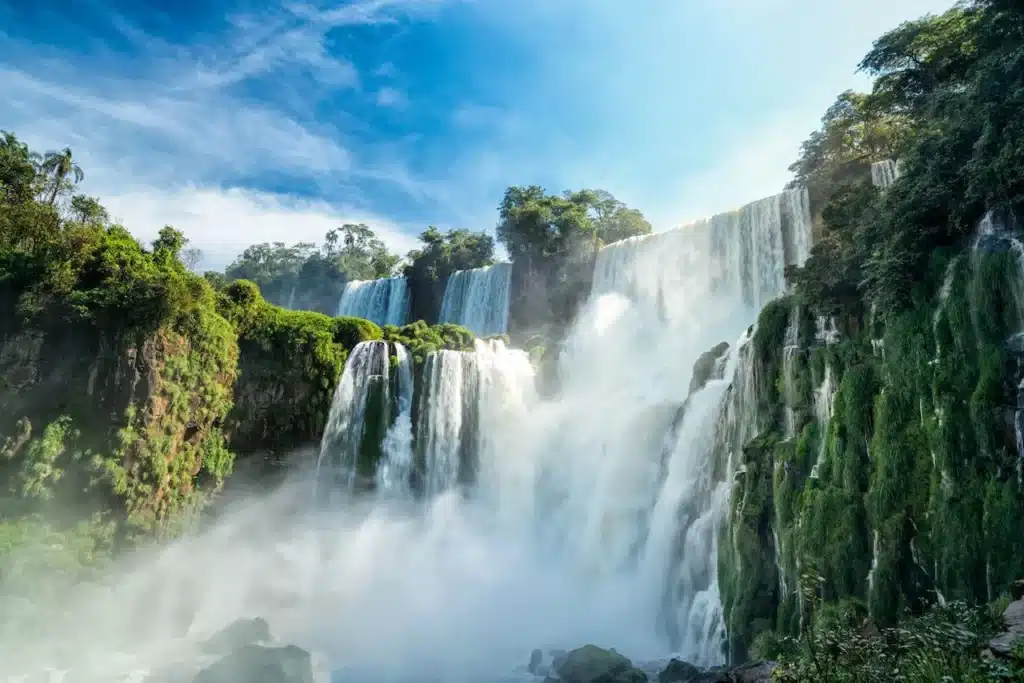10 Things You Should Know Before You Explore South America’s Jungles

South America is a continent renowned for its breathtaking landscapes, lush rainforests, and unparalleled biodiversity. Exploring the jungles of South America can be an exhilarating adventure, but it’s essential to be well-prepared to enjoy and appreciate the experience fully. This comprehensive guide will highlight ten important things you should know before you venture into the dense jungles of South America. From understanding the climate and wildlife to essential safety measures, we’ll ensure you’re ready for an unforgettable jungle expedition.
The Diversity of South American Jungles

Amazon Rainforest
The Amazon Rainforest is the largest tropical rainforest in the world, covering nine South American countries. It’s teeming with exotic flora and fauna, making it a must-visit destination for nature enthusiasts.
Other Jungles of South America
South America boasts several other remarkable jungle regions, such as the Pantanal in Brazil, the Chocó-Darién in Colombia and Ecuador, and the Atlantic Forest in Brazil and Argentina. Each offers unique ecosystems and wildlife.
Research and Planning
Destination Research
Research is crucial. Study the jungle you plan to visit to understand its climate, terrain, and any potential risks associated with the region.
Travel Arrangements
Plan your trip well in advance. Secure the necessary permits, book accommodations, and arrange transportation. Inform someone you trust about your itinerary.
Climate and Weather
Wet and Dry Seasons
South American jungles typically have wet and dry seasons. Understanding the local climate is vital, as it impacts your comfort and the type of wildlife you can encounter.
Tropical Diseases
Some regions are prone to tropical diseases like malaria or dengue fever, especially during the wet season. Consult with a healthcare professional and take the necessary vaccinations and medications.
Wildlife Encounters
Diverse Fauna
South American jungles are home to diverse and often elusive wildlife. Be prepared to encounter everything from jaguars and anacondas to vibrant birds like macaws and toucans.
Ethical Wildlife Viewing
Respect wildlife and follow ethical guidelines for viewing animals in their natural habitat. Avoid disturbing or feeding animals, and keep a safe distance.
Packing Essentials
Lightweight Clothing
Pack lightweight, moisture-wicking clothing that keeps you cool and dry in the humid jungle. Don’t forget a wide-brimmed hat and sunglasses.
Rain Gear
Rain is common in the jungle. Ensure you have quality rain gear, including a rain jacket, waterproof boots, and a cover for your backpack.
Essential Gear
Navigation Tools
Carry navigation tools like a GPS device, map, or compass. Trails can be challenging to follow in dense jungle vegetation.
Insect Repellent
Jungles are teeming with insects. Pack high-quality insect repellent to protect yourself from mosquito bites and other pests.
Survival Skills
Basic Survival Skills
Some basic survival skills are crucial, such as starting a fire, purifying water, and identifying edible plants. These skills can be invaluable in emergencies.
Guided Tours
If you lack jungle experience, consider joining a guided tour. Knowledgeable guides can enhance your safety and provide insights into the jungle’s wonders.
Health and Safety
First Aid Kit
Carry a well-equipped first-aid kit that includes items for treating minor injuries and illnesses. Familiarize yourself with basic first aid procedures.
Safety Precautions
Stay on marked trails, avoid swimming in unknown waters (due to potential wildlife dangers), and heed safety advice from guides or local authorities.
Jungle Etiquette
Leave No Trace
Adhere to the Leave No Trace principles. Respect the environment by not littering and avoiding damaging flora and fauna.
Cultural Sensitivity
Some jungles are home to indigenous communities. Show respect and sensitivity towards local cultures and traditions.
Ecotourism and Conservation
Supporting Conservation
Many jungles are under threat from deforestation and illegal activities. Consider supporting conservation efforts and organizations dedicated to preserving these critical ecosystems.
Responsible Tourism
Choose eco-friendly accommodations and tour operators that prioritize responsible and sustainable tourism practices.
Conclusion
Exploring South America’s jungles can be a life-changing adventure, filled with remarkable encounters with nature and a deeper understanding of our planet’s ecological diversity. However, preparation and knowledge are paramount to ensuring a safe and enjoyable experience. By understanding the climate, wildlife, and cultural aspects of the jungles, packing the right gear, and prioritizing safety and conservation, you’ll be ready to embark on a jungle expedition that’s both memorable and respectful of the environment.





